Core Strength
Reading time: 3 minutes
The ‘core’ is one of those buzzwords often used in the fitness industry, discussed on TV & written about in magazines. Although we hear about it all the time, do we actually understand what it is?
The word ‘core’ originates from the Latin word ‘Corpus’ meaning ‘body’, and when asked to locate it many of us would correctly point to our mid-section or trunk area, however it’s a bit more complex than that. The core is our body’s own natural corset, made up of layers of muscles. These layers support our spine whilst playing a part in producing every movement we make. If you have ever experienced a bad back then you will know that almost everything causes discomfort. This is because all movement originates from our centre, so having weaknesses in that area can cause big problems.
The core is made up of two parts, and ideally these will both work in harmony:
Larger, surface level muscles – these are the ones you can see and feel tensing up, including the ‘six-pack’ and glute muscles. When you are doing your crunches and squats at the gym, these are the ones you are strengthening
Smaller, deeper muscles – these are more internal and located very close to the spine (pictured below). The role of the deeper core muscles is to stabilise. They work continuously, but, like breathing, we use them subconsciously. If we neglect these muscles and spend a lot of time sedentary, like any other muscle, they become weaker
Running & The Core
As a runner, it is vitally important to spend time strengthening the deep central core of muscles that surround and support our lumbar spine. To work these, we need to ensure we are able to identify the deep core muscles, activate them, ensure they are switched on during our core strength workouts and build their endurance to support us for our long runs. If you are unaware of how to engage your deep core muscles have a look at this short video. Practising a small number of core exercises regularly will help keep your deep core muscles in check and over time you will activate them subconsciously, both during your workouts and in your day-to-day life.
Don’t be fooled - these exercises look very simple, and the physical movements themselves appear straightforward at first sight. The real challenge comes in when we are activating our deep core muscles throughout the exercise and we are able to stabilise against unwanted movement. Ensure the movements are done with precision and concentration every workout to get the full benefit from the sessions.
A brief word on stability…
The ability to stabilise the body against unwanted movement is a learnt skill which is fundamental for good running. Stability around the pelvis and trunk can help avoid injury and improve our running efficiency, so when you are doing your deep core exercises, focus on precision of movement. To get the most from these exercises it is important to focus on what you are trying to stabilise as much as what you are trying to move.
Ignore the deep core muscles at your peril!


